Android
Android 15 strengthens security by tightening controls on sideloaded apps
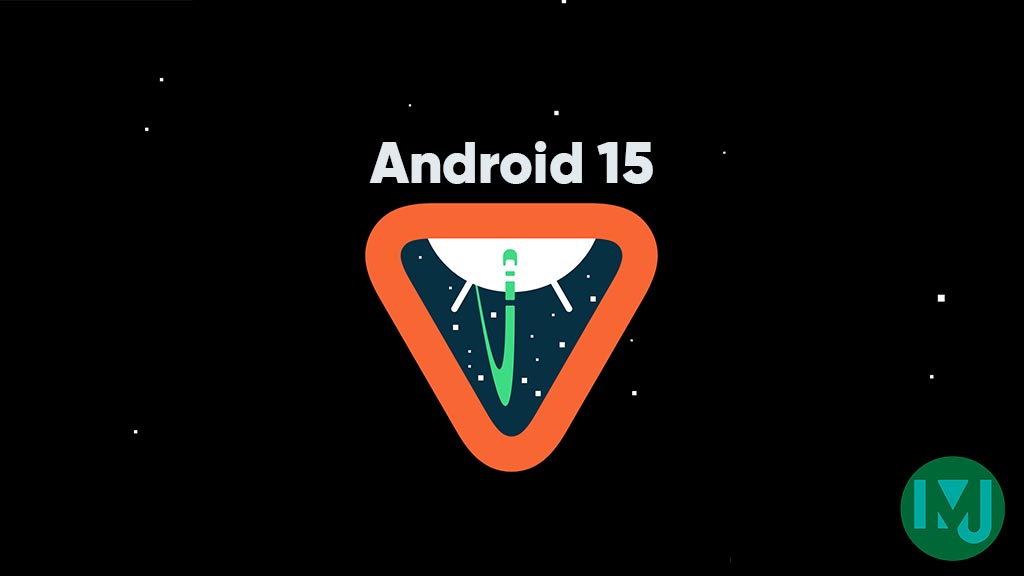
Top 3 Key Points:
- Enhanced Restrictions: Android 15 expands security measures for sideloaded apps, limiting their access to powerful system permissions.
- Focus on User Protection: Google aims to curb malware risks associated with sideloading while still allowing users to bypass restrictions if needed.
- Future Expansions: Android 15 opens the door for more permissions to be restricted in future updates.
One of the key features that make Android different from iOS is the ability to sideload apps, meaning users can install apps from outside the Google Play Store. For many tech-savvy users, this freedom is one of Android’s biggest advantages. However, this flexibility also brings security risks, as hackers often exploit sideloaded apps to spread malware. In response, Google is tightening the rules in Android 15, making it more difficult for sideloaded apps to access sensitive permissions that could compromise user security.
Why Google is Tightening Sideloading Rules
Sideloading apps can be risky because it bypasses Google’s security checks, making it easier for malicious apps to infiltrate devices. To address this, Android 15 builds upon earlier versions by adding stricter controls for sideloaded apps. While some may question Google’s motives—wondering if it’s a move to push users to the Google Play Store—the main goal seems to be protecting users from malware.
It’s also worth noting that these restrictions don’t apply to apps installed from legitimate third-party app stores that use Android’s official app installation API. In short, this new update doesn’t restrict users who rely on safe, alternative app stores.
Android 13’s Security Foundation
Android 15’s changes build on a feature introduced in Android 13 called “restricted settings.” This feature limits sideloaded apps’ ability to request access to certain high-level system permissions, such as accessibility and notification listener APIs. These are among Android’s most powerful tools, often abused by malicious apps to control devices or steal personal information.
In Android 15, this feature is expanded to cover more sensitive permissions, such as access to SMS, device admin, overlay controls, and even roles like default dialer and SMS apps. Google’s goal is to block sideloaded apps from easily gaining control over these critical functions without user knowledge or consent.
How These Changes Affect Users
With Android 15, the system will automatically deny certain permissions to sideloaded apps unless they are installed via approved app stores. However, advanced users who understand the risks can still manually override these settings, providing a balance between security and flexibility.
Google has also made it clear that these protections will likely be expanded in future updates, covering even more permissions. They are encouraging device manufacturers to adopt these security practices and explore additional controls.
Looking Ahead
Android 15 marks a significant step forward in securing sideloaded apps without completely removing the flexibility that Android users value. By expanding restrictions on powerful permissions and maintaining an open door for future updates, Google is reinforcing its commitment to user security while still supporting the open nature of Android.
These changes demonstrate Google’s long-term strategy to protect users from malicious apps while giving knowledgeable users the freedom to make informed decisions about their device security.
Android
Android 16 may let you see notifications and settings side by side
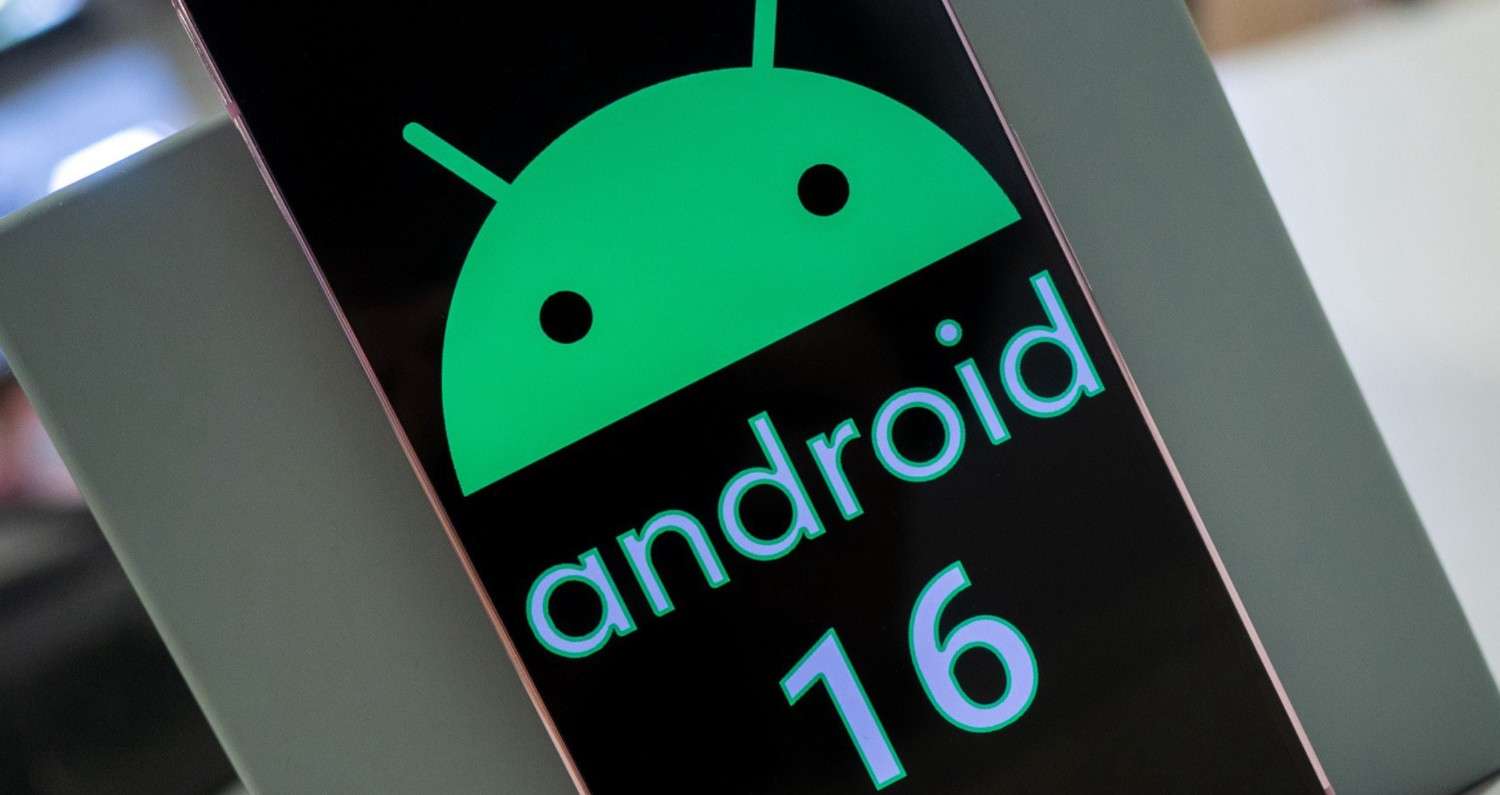
A new leak shows that the next big update to Android, called Android 16, might change how you look at your phone’s alerts and controls. Right now, when you pull down the top of your screen, you see either your notifications or the quick settings panel, but not both at the same time. The leak suggests Android 16 could let you see both together, side by side, when you swipe down from the top.
This new look would be helpful for people who want to check their messages and change settings quickly. It would mean less swiping and more info at a glance. The leak comes from someone who looks at Android’s code and shares new features before they are officially announced. The images in the leak show a split view, with notifications on one side and quick settings on the other.
This idea is still in testing, so it might not make it to the final version of Android 16. But if it does, it could make using your phone a bit easier and faster. The update is expected to come out later this year, and more details will be shared as we get closer to the launch. For now, this leak gives us a peek at what might be coming next for Android phones.
Android
Android Automotive now lets you use video and audio apps more easily
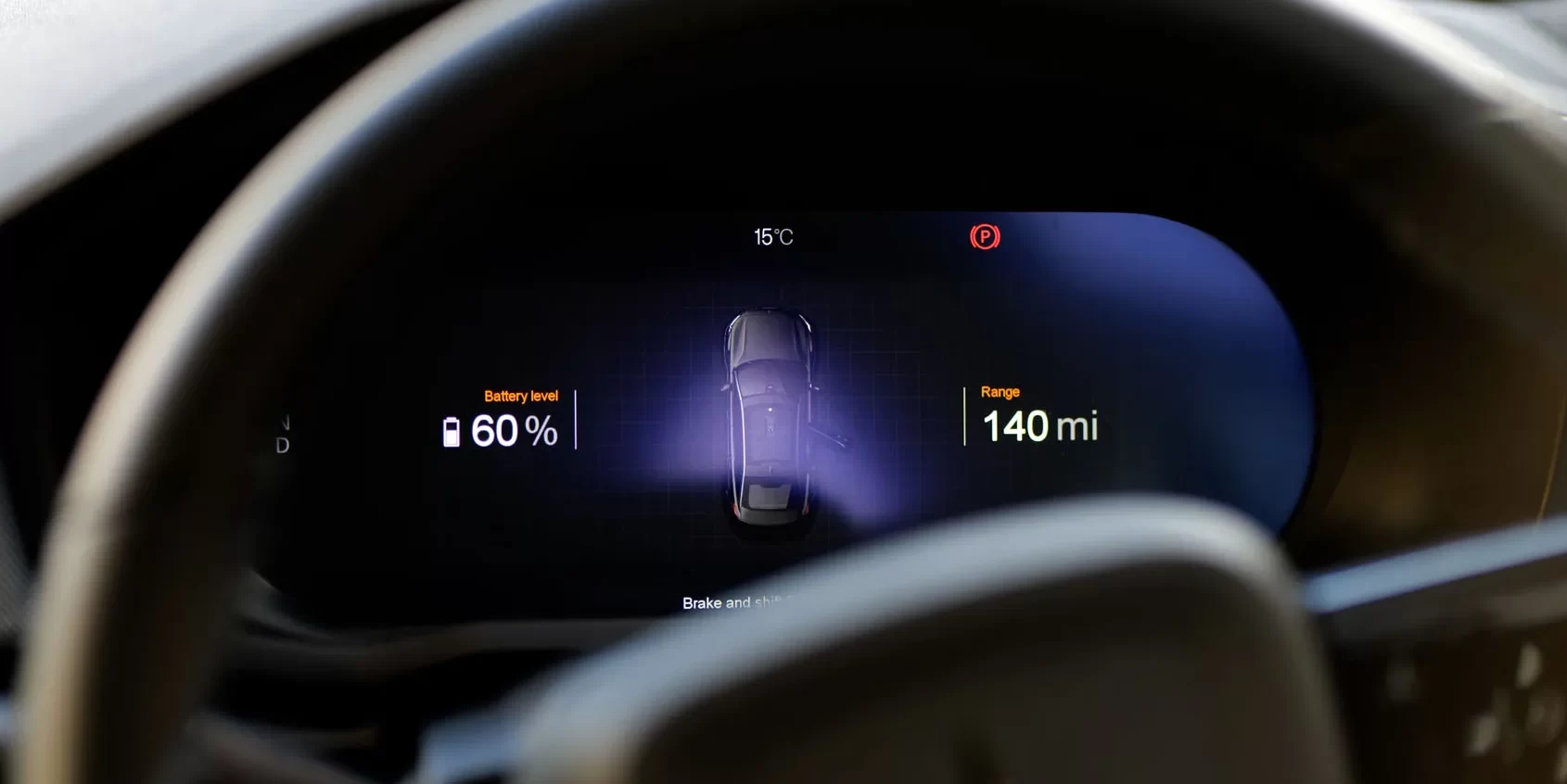
Google has made it easier for people to use video and audio apps in cars that run Android Automotive. Now, car makers can let drivers and passengers use more types of media apps, making car rides more fun and useful.
Before, Android Automotive only allowed certain apps for music, podcasts, and radio. With the new updates, car makers can now add video apps like YouTube and other streaming services. This means you can watch videos when the car is parked, such as while charging an electric vehicle or waiting for someone. Google is also letting more audio apps work in cars, so you can listen to audiobooks, news, and other audio content.
To keep everyone safe, video apps will only work when the car is not moving. Audio apps, on the other hand, can be used while driving, as long as they don’t distract the driver. Google is working closely with car companies to make sure these apps run smoothly and safely.
These changes are part of Google’s plan to make Android Automotive a better system for both drivers and passengers. By adding more ways to enjoy music, videos, and other content, car rides can be more entertaining and comfortable for everyone.
Android
Android Auto gets better music and podcast apps after Google IO 2025
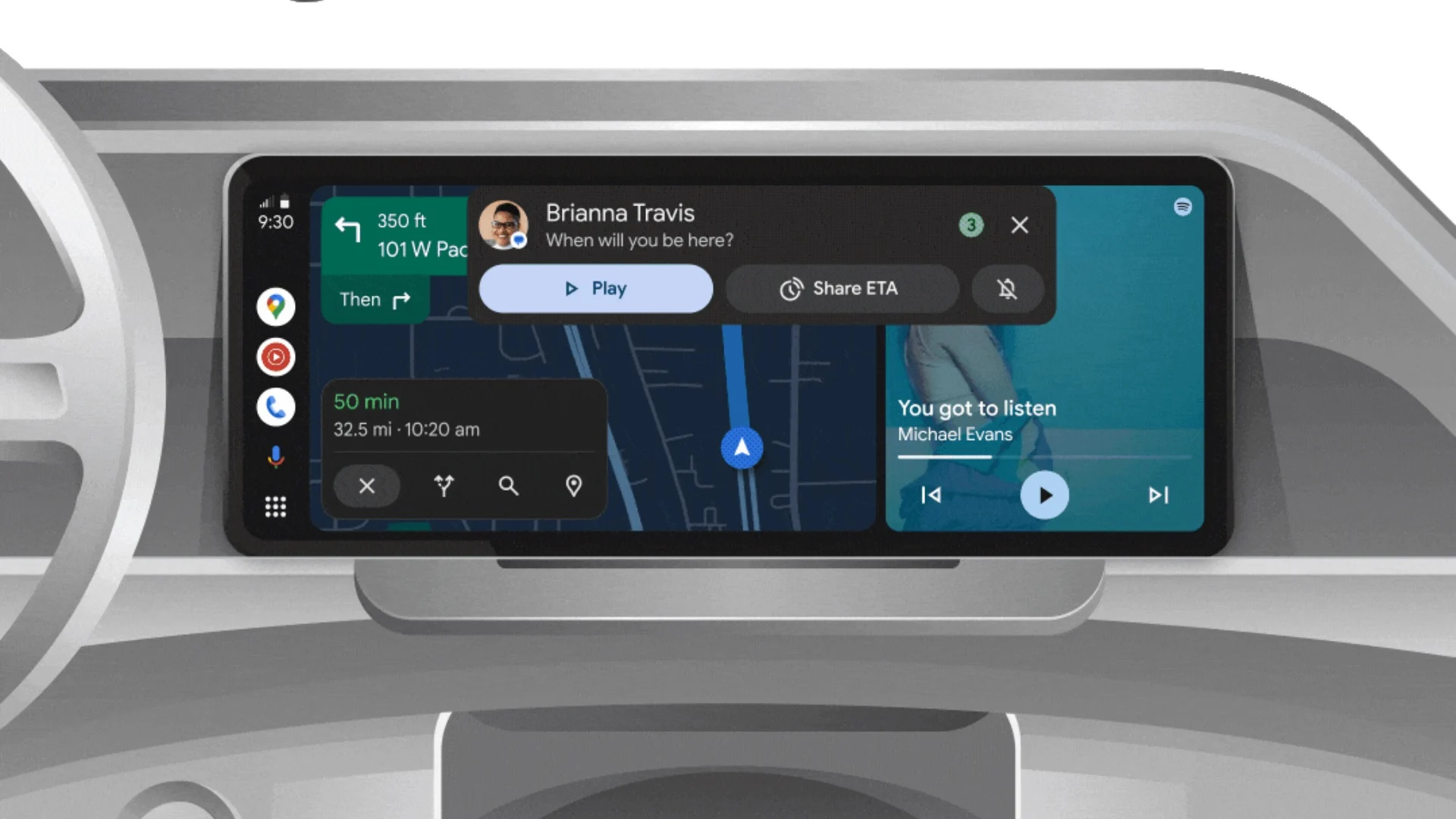
Google recently announced some big improvements to Android Auto at Google I/O 2025, especially for people who use music and podcast apps in their cars. These changes are meant to make it easier and safer to listen to your favorite songs and shows while driving.
Now, media apps on Android Auto will look and work more like the apps on your phone. For example, you’ll see bigger album covers, better controls, and more helpful information on the screen. If you use apps like Spotify, YouTube Music, or Audible, you’ll notice that it’s simpler to find and play what you want.
Another cool update is that Android Auto will now show suggestions for things you might want to listen to next, based on your habits. This means you can spend less time searching and more time enjoying your drive.
Google also made it easier for app developers to update their apps for Android Auto. This should mean more apps get these new features soon.
Overall, these updates are designed to make listening to music and podcasts in your car smoother and more enjoyable, so you can focus on the road and have a better driving experience.
-

 Apps1 year ago
Apps1 year agoGboard Proofread feature will support selected text
-

 News1 year ago
News1 year agoSamsung USA crafting One UI 6.1.1
-

 News1 year ago
News1 year agoBreaking: Samsung Galaxy S22 may get Galaxy AI features
-
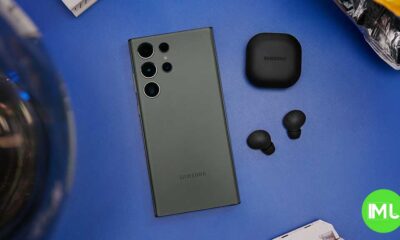
 News1 year ago
News1 year agoSamsung Galaxy S23 Ultra with One UI 6.1 and all S24 AI features revealed
-

 News1 year ago
News1 year agoOne UI 6.1 Auracast (Bluetooth LE Audio) feature coming to many Samsung phones
-

 Apps11 months ago
Apps11 months agoGoogle Contacts app testing new Besties Widget
-

 AI11 months ago
AI11 months agoGoogle Pixel 9 Pro may come with a complimentary one-year Gemini Advanced subscription
-

 Apps11 months ago
Apps11 months agoGoogle working on a new video editing feature for its Photo app






